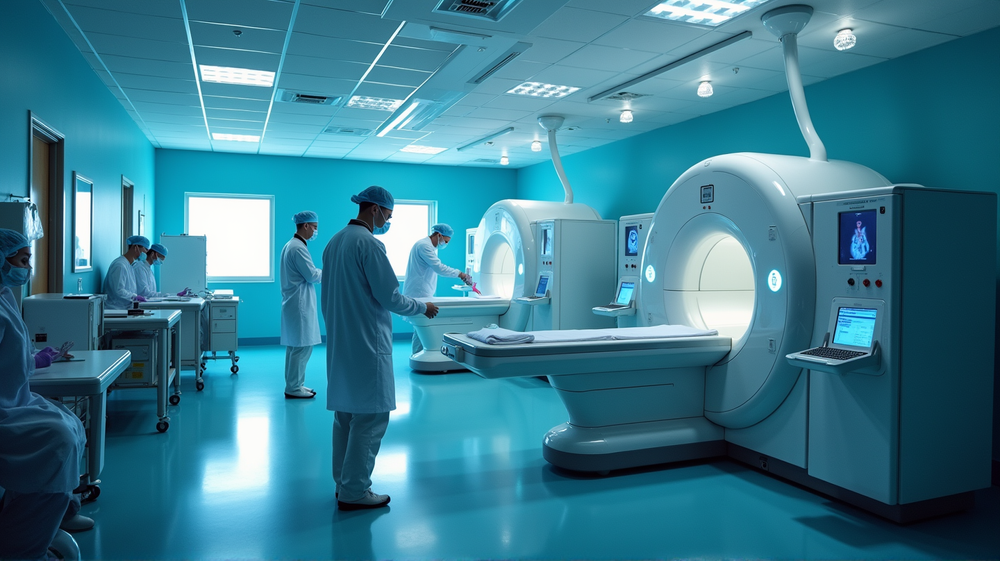How Productive is Your Hospital’s Diagnostic Equipment?
The efficient use of diagnostic equipment in hospitals has become a focal point for constructive scrutiny. Minister for Health Jennifer Carroll MacNeill, in collaboration with HSE CEO Bernard Gloster, has launched an insightful review into this critical aspect of healthcare.
The CRUX of Investigation
During her recent address at Sligo University Hospital, Minister MacNeill underscored the pressing need to evaluate whether diagnostic tools are optimally utilized across medical establishments. With CT scanners at the forefront, there’s an emphasis on ensuring around-the-clock use to enhance patient throughput and reduce emergency department burdens.
CT Scanners: The Vital Tools
Minister MacNeill’s visit underscored the importance of these machines: “What I want to see is how are the CT scanners being used in every hospital?” She highlighted persistent doubts about the evening usage of CT scanners, which often conclude operations by 5 or 8 PM. These critical devices, valued for both cost and potential patient care benefits, must deliver robust returns on investment within their approximately 10-year lifespan.
Expanding Infrastructure and Services
While in Sligo, MacNeill inaugurated a new CT scanner facility and announced an ambitious €30 million development plan for a state-of-the-art 42-bed ward block, slated for completion by 2027. The initiative aims to accommodate expanding cardiology CT and other day services, marking significant progress in regional healthcare infrastructure.
Enhancing the Healthcare Ecosystem
The core questions driving this review remain: Are we maximizing the utility of each machine daily? Can we adjust practices to enhance system productivity? These inquiries are more pertinent than ever in capitalizing on technological investments that ensure patient-centric, efficient healthcare delivery.
According to Irish Medical Times, the review aligns with broader systemic improvement efforts, steering the healthcare landscape towards progressive enhancements.
Conclusion: A Call to Action
Minister MacNeill’s initiative calls upon healthcare leaders and facilities to introspect and tune their diagnostic strategies for optimum efficacy. It signals a future where increased diagnostic productivity translates into improved patient experiences and reduced stress on healthcare systems. As healthcare evolves, so too must our practices to leverage every available resource.
Healthcare’s future mergers technology with strategy, and this review is a meaningful stride towards that vision.




